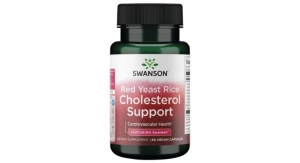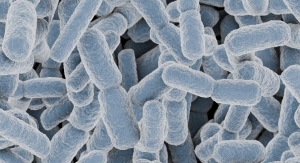The current scientific definition of a prebiotic was developed by a panel of experts in microbiology, nutrition, and clinical research convened by the International Scientific Association for Probiotics and Prebiotics (ISAPP) in 2016. This current consensus definition is: “a substrate that is selectively utilized by host microorganisms conferring a health benefit.”
The concept includes three essential parts: a substance, a physiologically beneficial effect, and a microbiota-mediated mechanism.
Prebiotics are frequently equated with dietary fibers, but only a subset of dietary fibers qualify as prebiotics. According to the scientific consensus definition, a prebiotic compound must confer a beneficial physiological effect on the host and that effect should derive at least in part from utilization of the compound by resident microbes.
According to the Global Prebiotic Association (GPA), “there is some debate regarding the definition of a prebiotic, and the relationship between prebiotics, fiber and probiotics, as well as the agreed assessment of health benefit.”
GPA defines a prebiotic as “a product or ingredient that is utilized in the microbiota producing a health or performance benefit.” Meanwhile, a “prebiotic effect” is “a health or performance benefit that arises from alteration of the composition and/or activity of the microbiota, as a direct or indirect result of the utilization of a specific and well defined product or ingredient by microorganisms.”
The most commonly known and recognized prebiotics, according to GPA, include: select fiber types (e.g., acacia); resistant starch; inulin; galacto-oligosaccharides (GOS); fructo-oligosaccharides (FOS); xylo-oligosaccharide (XOS); human milk oligosaccharides (HMO); and isomalto-oligosaccharides (IMO).
However, science continues to evolve and demonstrate prebiotic effects from other sources such as select polyphenols.
The concept includes three essential parts: a substance, a physiologically beneficial effect, and a microbiota-mediated mechanism.
Prebiotics are frequently equated with dietary fibers, but only a subset of dietary fibers qualify as prebiotics. According to the scientific consensus definition, a prebiotic compound must confer a beneficial physiological effect on the host and that effect should derive at least in part from utilization of the compound by resident microbes.
According to the Global Prebiotic Association (GPA), “there is some debate regarding the definition of a prebiotic, and the relationship between prebiotics, fiber and probiotics, as well as the agreed assessment of health benefit.”
GPA defines a prebiotic as “a product or ingredient that is utilized in the microbiota producing a health or performance benefit.” Meanwhile, a “prebiotic effect” is “a health or performance benefit that arises from alteration of the composition and/or activity of the microbiota, as a direct or indirect result of the utilization of a specific and well defined product or ingredient by microorganisms.”
The most commonly known and recognized prebiotics, according to GPA, include: select fiber types (e.g., acacia); resistant starch; inulin; galacto-oligosaccharides (GOS); fructo-oligosaccharides (FOS); xylo-oligosaccharide (XOS); human milk oligosaccharides (HMO); and isomalto-oligosaccharides (IMO).
However, science continues to evolve and demonstrate prebiotic effects from other sources such as select polyphenols.

















